The following Q&A, with Significant Objects co-director Joshua Glenn, and project participant Matthew Sharpe, was published earlier this week by Jacket Copy, the Los Angeles Times’ literature/publishing blog. Interviewer: Carolyn Kellogg.
One man’s trash is another man’s fictional treasure
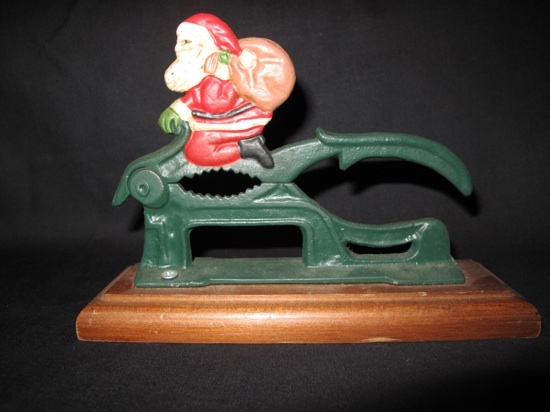
JC: Kurt Andersen’s story about an old Christmas nutcracker is the first so far to tie one of the objects (fictionally) to a celebrity. It’s also the first to get a bit dirty. Are either of those themes that you expected?
JG: Based on some classificatory work I did for my book Taking Things Seriously, I’ve determined that every participant so far has employed the thingamajig we’ve assigned them, in their story, as either a talisman (an object with magical powers, or one that’s conscious), a totem (a tutelary spirit from the natural world), a fossil (a remnant of some vanished epoch or way of life, including childhood), or evidence (the object plays a role in a crime, or an historical event). If there are other modes of relating emotionally and psychologically to an object, I don’t think our authors have tried them yet. Of course, it’s how an artist performs within certain constraints that’s so exciting — it’s been a joy to read these strange, funny, moving stories.
One thing that we didn’t expect is a certain amount of competition among some of the participants. Andersen, whose story strongly hints that a novelty nutcracker (which I purchased at a yard sale, two blocks from my house in Boston, for $2) is probably worth thousands of dollars because James Dean was rumored to have used it in a particularly naughty way, is really playing to win! Rob and I loved seeing that. Alas for Kurt, so far, bidders have only offered $5 for the nutcracker. However, a cow-shaped creamer that a lesser celebrity, Norman Rockwell, left behind in a psychiatric hospital where he was being treated for depression, at least according to a story by Lucinda Rosenfeld, is going for a whopping $28.
JC: While the actual provenance of an object affects its worth, here you’re inventing fictional provenances. Are you aware of any prior fictional provenances that have affected an object’s value?
JG: I’ve heard stories about forgeries and fakes that — once exposed as such — became even more highly prized as collectibles than the originals. Edmé Samson’s reproductions of fine china, for example. Speaking only for myself, I’d have to say that I regard all provenances as fictional to some degree. I’m skeptical about authenticity claims, whether in the realm of artifacts or that of Being. So… the more obviously fictional and unserious a provenance is, the more charming I tend to find it.
JC: Do the authors get a share of the sale price? Are they paid at all?
JG: The authors get all the money, after shipping costs, that EBay pays out — we’re not even going to subtract the dollar or two we spent to buy the object in the first place. It’s our treat!
JC [to Matthew Sharpe]: After you agreed to do it, did you have any trepidations?
MS: Just the usual seller’s anxiety.
JC: After you received the object you were to write about (a mule figurine), did you have any second thoughts?
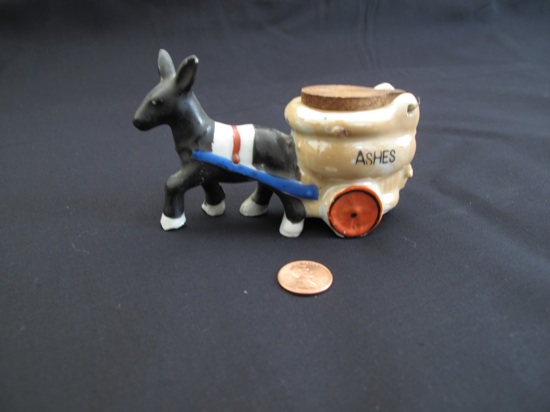
MS: I was actually given a choice among five objects and chose the mule. It spoke to me. Then I took my medication. Then I had second thoughts.
JC: Your story seems to take on the shape of an EBay listing, in language, tone and, well, oddness. Was that important to you? And how familiar were you with EBay listings prior to this?
MS: Several years ago I saw an EBay listing offering a service for sale, rather than an object, and the service was a beating, to wit: “If you win this auction, I will personally come to your house and beat you up.” That gem has subtended not just my Significant Objects piece but much of the writing I’ve done since discovering it.
JC [to Joshua Glenn]: So far, are there any patterns that have emerged in the bidding? Are the better-known writers getting more bids? The longer or shorter stories? Stories that are funny versus sentimental?
JG: We’re only a week into it — we’ve posted 13 objects and their stories to our website and to EBay — so it’s impossible to say. That’s the sort of finding that we’ll portentously announce when it’s all over.
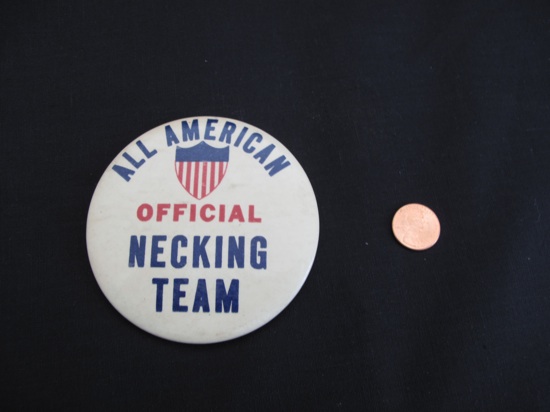
However, the writers who are good at driving traffic to the Significant Objects website may have an advantage. When Susannah Breslin posted to the ultra-popular blog Boing Boing about her participation in the Significant Objects project, bids on the “All-American Necking Team” novelty button that figures prominently in the sentimental story that she wrote for us quickly shot from 50 cents to nearly $40.
JC: What’s the role of EBay? Is the company providing any financial or logistical support?
JG: When we were wondering how to quantitatively measure the qualitative transformation, from insignificant to significant object, Rob suggested that we put the objects on EBay, using the authors’ stories as item descriptions, and then see if they sell for more money than we originally paid. Rob’s solution is, of course, hilarious and ingenious. But EBay is not involved, officially — they’re just a vehicle for our research. We were amused when one litblogger suggested that Rob and I had figured out a way to turn EBay into a literary journal; but we were bemused when other bloggers suggested that the point of the experiment was to figure out a new source of revenue for freelance writers — if that’s so, we’re not doing a good job.
JC: How much are you playing with EBay as a form? It seems as though some of the photography is deliberately rotten.
JG: Ha! The photography is not deliberately bad — it just turns out that it’s harder to take a good EBay photo than you might think. You’ve got to have the right lighting — I should only take photos at dusk, I’ve discovered, and I should buy a tripod. I do think we should reshoot a bunch of the objects before we send them to the buyers. Rob has suggested that we could also ask the buyers to send us a photo of the object in its new context, so if we do a book or gallery exhibit we’ll have some options.
JC: The winning bidder will get both the object and a copy of the story. Will the story be presented in a special way, or just a basic laser printout? Will it be personally signed by the author?
JG: Just a printout. We haven’t decided whether to staple or paperclip it. Signed by the author is a nice idea, but that would take too much effort. You know, don’t you, that the book I wrote after Taking Things Seriously is called The Idler’s Glossary?
JC: What exactly was the genesis of the project?
JG: When we met up for a drink, last summer, while Rob was here in Boston on his Buying In tour, we decided to collaborate on a project where we’d recruit talented writers to artificially transform insignificant objects (which we’d purchase from flea markets and thrift stores) into significant ones.
If Thorstein Veblen, for whom economics wasn’t merely the study of how society chooses to employ scarce resources to produce goods and services and distribute them for consumption, but also the study of the evolution of our everyday habits and ways of thinking, had designed an experiment to explore the relationship between the subjective and objective values we assign to everyday things, don’t you think it might have looked something like the Significant Objects project? Of course, he wouldn’t have been able to use EBay — no such luck. Significant Objects could also be thought of as a ’pataphysical science experiment, simultaneously absurd and far more effective than any earnest, straightforward experiment could ever be.
JC: How long do you plan to keep the project going?
JG: We’ve talked about quitting once we’ve published 100 stories (and auctioned off 100 items). We’ve signed up about 50 participants, so far. However, we’ve discovered that it’s much easier to convince writers to participate, now that the project is up and running, then it was back when we had to describe our weird concept in an e-mail. So who knows? Maybe we’ll never stop.
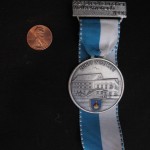
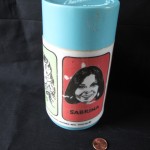
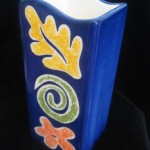

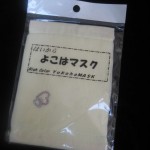
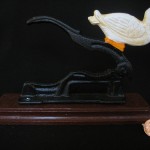
Joshua, I was so glad to see this article. Your Taking Things Seriously book was seriously inspirational to me when I started my latest business. I loved the way the stories were told and your respect for the authors. We featured your book early after our launch….you can see the video review (I am even in it) here: http://tinyurl.com/n3ryq9
I love this Significant Objects project too.
Jules Pieri
Founder and CEO
Daily Grommet